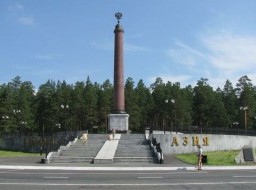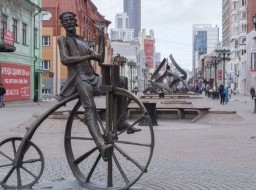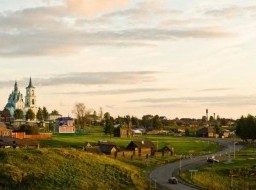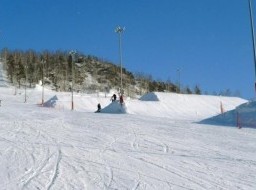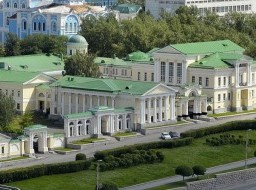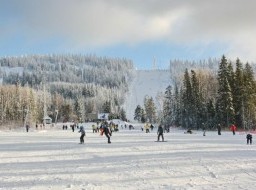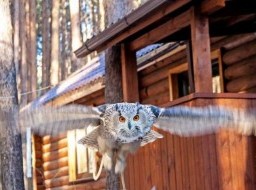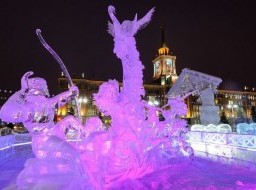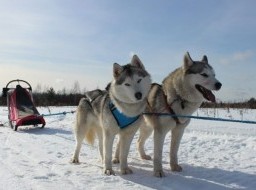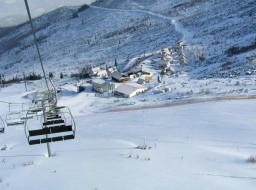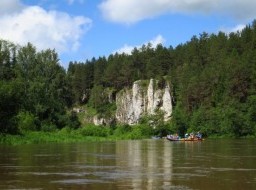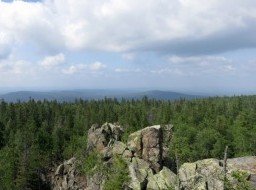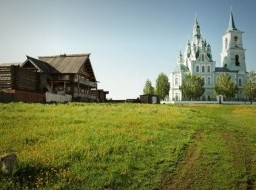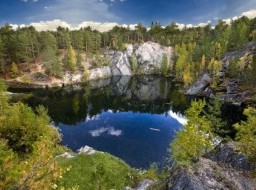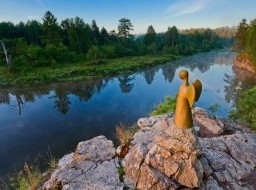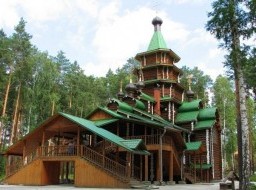Museum of Stone-Cutting and Jewelry Art History
The art of gems and metal processing and by Ural masters has been known for more than 300 years. Items made by local craftsmen were delivered to the imperial family palaces, to noble houses, and were sent abroad as valuable gifts. In 1992, in Yekaterinburg a Museum of Stone-cutting and Jewelry Art History was opened, the exposition of which represents a centuries-old culture of mining and processing of stones and metal in the Urals. The Museum of Stone-Cutting and Jewelry Art History exposition is housed in a building of 19th century, in the very center of Yekaterinburg, where which was the Mountain Pharmacy place. The museum has a wide representation of the mineralogical collection of the Ural semi-precious strip, products of masters of stone-cutting and jewelry art. Craftsmen use semi-precious stones to make objects of an applied nature – furniture and furnishings, vases, caskets, countertops, dishes, seals, as well as works of art – jewelry and decorative products. To the north from Yekaterinburg, along with the eastern slope of the Middle Urals, there is an area situated which is rich in deposits of various precious stones and minerals – emeralds, sapphires, sardiuses, amethysts, topazes, malachite, jaspers, and even some diamonds. The Museum of Stone-Cutting and Jewelry Art History is located in the building of a former drugstore of the mining authority, built in 1821. The museum's collection presents stone-cutting works of different times. The oldest objects are dated the 18th century – among them is the only in the Urals 1.5-metre (5-foot) high vase cut of Kalkan jasper. The museum also presents a unique collection of stone seals by the prominent local artist Nikolay Taturov, the Faberge jewelry, eleven artistic panels based on Pavel Bazhov's tales, the Zvezdar and the New Year emerald lumps, a unique grain of green garnet known as the Alexandrov Demantoid. The museum organizes exhibitions, master classes, and holidays for children and adults. |
|





